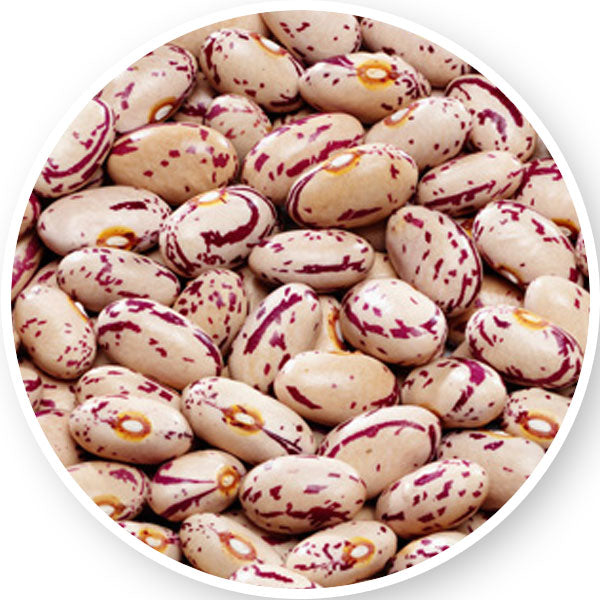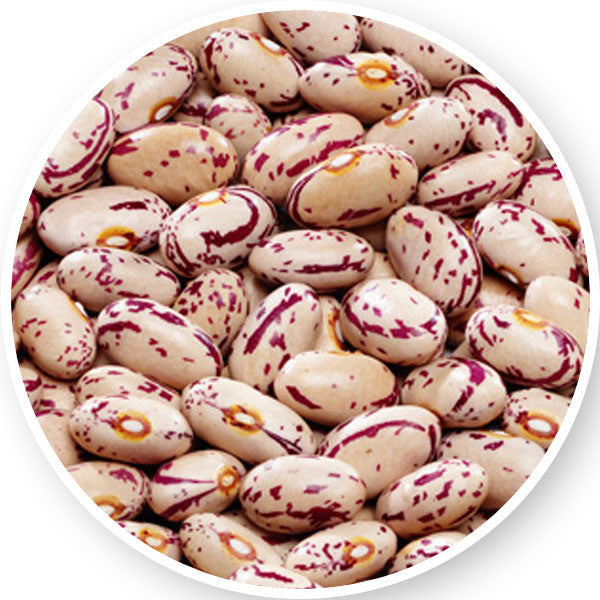Increasing Maize Production with Efficient Land-Use
Caiphas MuyamboShare with someone
Africa faces an urgent challenge: increasing food production to combat rising food insecurity across the continent. As maize remains a staple crop in many African countries, the potential to maximize yield per hectare is a critical opportunity to address this pressing issue. However, the question arises: what steps can farmers take to boost grain productivity, and how can government policies effectively support the agricultural sector? By examining global and regional trends in maize production, particularly the remarkable successes in the USA, China, and South Africa, we can uncover actionable insights that could revolutionize maize farming in Africa. This article explores the key factors that have driven yield improvements and highlights the strategic actions needed to unlock Africa’s agricultural potential, ensuring food security and economic growth for the future
Examples from around the world
- USA: The USA is the largest maize producer in the world. In 2022, it produced 348 million tons from 31 million hectares (11 tons/ha), up from 119 million tons in 1974 (4.51 tons/ha).
- China: Produces about 260-280 million tons from 42 million hectares (6 tons/ha). Growth is driven by improved seeds, technology, irrigation, and farming area expansion. Genetically modified (GM) maize was only approved in 2023.
- Africa: Produces about 92 million tons from 42.1 million hectares.
- South Africa: Contributes significantly with 17 million tons from 2.9 million hectares (6 tons/ha), which is 18% of Africa's total production. The record yield was in 2017 when about 17.5 million tons of maize were produced from 2.9 million hectares, with an average yield of 5.8 tons/ha.
- Nigeria: Nigeria produces about 12.5 million tons from 5.8 million hectares (2.2 tons/ha), representing 13% of Africa's total production. GM maize was approved in March 2024, making Nigeria the second African country after South Africa to commercialize GM maize.
- Egypt: Egypt produces 7.5 million tons from about 0.9 million hectares and has the highest crop yield per hectare in Africa (8 tons/ha). It ranks fourth globally after the USA, Canada, and Italy in terms of yield per hectare.
Africa’s maize yield is significantly lower despite having a similar land area to China. Efficiency, not just expanding the production area, seems to be the most crucial step towards increasing production. Assuming a $200/ton market price, if Africa improves maize production efficiency to match Egypt's 8 tons/ha, the total economic value could reach about $66.9 billion, up from the current USD 18.4 billion. This increase would represent an additional $48.5 billion to Africa's economy.
Historical Context: A Closer Look at Maize Production in South Africa Compared to the Rest of Africa
From the 1930s to the 1970s, maize yield growth was driven predominantly by the expansion of production areas. The production area started to decrease from 5.2 million hectares in 1975/76 (total annual grain yield of 7.8 million tons) to 2.6 million hectares in 2022/23 (total grain yield of 17 million tons). Grain yield per hectare increased from 1.5 tons per hectare in 1975/76 to 5.8 tons/ha in 2022/23. In 2000/2001, 3.2 million hectares were planted, yielding 7.5 million tons. By 2001/2002, a significant increase in yield per hectare became evident, with 10 million tons produced from 3.5 million hectares, bringing the average yield to about 2.8 tons/ha. Maize yield increased from an average of 2 tons/ha in 2000 to about 6.6 tons/ha in 2023. During this period, the total hectares under maize production decreased from 3.9 million hectares to 2.9 million hectares. Consequently, total grain production rose from 10.5 million tons in 1999/2000 to over 17 million tons in the 2022/2023 season, representing almost a 67% growth over 23 years.
The increase in maize yield in South Africa was primarily driven by advancements in seed technology, precision agriculture, advanced irrigation techniques, improved agronomic practices, soil health management, mechanization, modern equipment, climate-smart agriculture, extension services, and farmer training.
Understanding the relative contribution of the various yield improvement factor is essential as it influences farmers' decisions on how to increase productivity. It also assists the government in crafting necessary policies and interventions to support emerging farmers. Additionally, development organizations can use this information to design impactful support programs for the farming sector and agricultural value chains.
Conclusion
Africa stands at a pivotal moment in its agricultural journey. The potential to significantly increase maize production is within reach, but it requires a concerted effort from farmers, policymakers, and development organizations alike. By adopting advanced seed technologies, improving agronomic practices, and leveraging modern farming techniques, Africa can transform its agricultural landscape, driving both food security and economic growth. The successes seen in countries like the USA, China, and South Africa offer valuable lessons on the power of efficiency and innovation in boosting yields. To fully realize this potential, strategic investments, supportive policies, and ongoing farmer education are essential. If these elements come together, Africa can not only meet the challenge of feeding its growing population but also position itself as a global leader in sustainable maize production.


